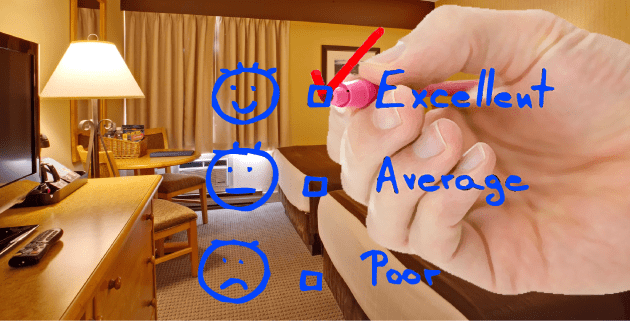Social Media Posting – Best Practices
Social media has its own unwritten rules of composition and content. Here are the best practices that work for Guy Kawasaki – Advisor at Motorola Mobility.
Be brief. The sweet spot for posts on Google+ and Facebook is two to three sentences. Twitter, by definition, limits you to 140 characters.
Post publicly. Don’t hide your good stuff under a bushel. You need exposure and awareness as far and wide as possible, so let everyone read your posts. There’s no such thing as too big a platform.
Post often. No one complains about getting too few posts, but if you share too much, you’ll hear about it, or you’ll lose readers. If this happens, adjust your volume.
Cheat. Scan the compilations of stories that are already hot and post them too. Google+ has a collection as does Alltop at its most-popular page. You can also see what I’m going to post at Postworthy. (Disclosure: I am the co-founder of Alltop.)
Link to the source. Link to the source of your information, analysis, or assistance. The goals are threefold: First, enable readers to learn more about the subject; second, send traffic to the source as an act of gratitude; third, develop the habit of citing sources.
Give credit. When others point you to something that you share, acknowledge them by mentioning their name. This shows that you have class and that you know how the game works. You’ll also rack up karma points, so remember: ABC (“Always Be Crediting”).
Include a photo or video. Pure text posts don’t cut it in the highly visual world of social media. Every post should contain eye candy in order to attract attention. Be sure to give credit to the source of the photo or video if it’s not yours.
Use the active voice. “Apple announced a new iPhone today” is more powerful than “A new iPhone was announced by Apple today.” Brevity and the active voice are two sides of the same coin.
Add a hashtag. Hashtags enable people to find your posts about a popular topic on Google+ and Twitter. For example, if you’re sharing a post about bacon, add “#bacon” to the post.
Share when your audience is awake. This sounds simple, but share your posts when your target audience is awake. If your audience is spread around the world, my advice is share posts from 8:00 a.m. Pacific to 10:00 p.m. Pacific because that’s when the spammers in Southeast Asia are asleep. This is why I love Buffer so much.
Repeat your tweets. I repeat my tweets four times, eight hours apart. I can prove that this increases click-throughs by a factor of four. The assumption that everyone sees your posts no matter what time you share them is wrong. I don’t repeat posts on Google+ or Facebook because this practice isn’t accepted there.
There is no right and wrong in social media. There’s only what works for you and what doesn’t. {click to tweet} These practices help me, so I encourage you to at least try them to see if they help you too.
Guy Kawasaki is the author of APE: Author, Publisher, Entrepreneur—How to Publish a Book. He is the former chief evangelist of Apple. The E part of APE is applicable to any product or service (indeed, this post is an excerpt from the book). You can get the entire book for free right now (US only). Go here: http://apethebook.com/anniversary/
Photo credit: Thomas Hawk/Flickr CC
Source: http://www.linkedin.com





